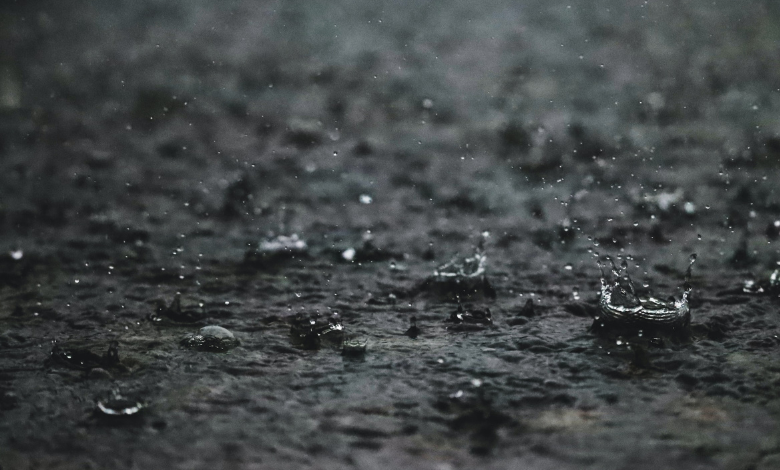Cloud Seeding: How Effective Is This Trending Climate Solution?

Cloud seeding or artificial rain is the new rage. The technique involves seeding clouds with silver iodide, potassium iodide, dry ice or other materials to encourage precipitation. It has long been experimented with, but its effectiveness can vary depending on conditions.
The substances dispersed into the air serve as nuclei for water droplets to form around. As these particles attract moisture, they can lead to the growth of larger droplets and potentially stimulate precipitation within clouds that might not otherwise produce rain or snow.
Experimental weather manipulation: Effectiveness
The UAE is one of the pioneering nations in the Persian Gulf region to adopt cloud seeding technology. Projections from scientists and forecasters suggest the technique could amplify precipitation by around 30-35% in drier conditions and up to 10-15% in more humid ones.
The Middle Eastern country has employed the strategic approach a few times to tackle its scarcity challenges. But one of the most famous examples of artificial rain was during the 2008 Olympics in China as the country used the method to prevent rain over a stadium.
Employing aircraft and artillery and rocket-launch sites around Beijing, the capital city’s engineers deployed silver iodide and dry ice into approaching clouds that are still sufficiently distant, allowing rain to be dispersed before reaching the Bird’s Nest.
Finally, if rain-heavy clouds approach Beijing’s open-air 91,000-seat Olympic stadium, they will be treated with chemicals to reduce droplet size, preventing rainfall until the clouds have passed over. Experimental weather manipulation has become incredibly popular in China.
Cloud Seeding Experiments Yielding Varied Results
Russian is known to have invested more than a million dollars to prevent precipitation on a public holiday. The Kremlin allocated roughly $1.3 million to ensure dry conditions during the first of May celebrations, TASS reported. But it’s difficult to ascertain the results.
Read More: How AI Can Help Combat Climate Change. Enlisting Five Clues
Results from such experiments have yielded varied results worldwide. In some cases, there have been reported increases in rainfall. But in others, the effects have been debatable due to the difficulty in measuring the precise impact of cloud seeding amid natural variability.



